Overcoming the Unique Challenges of 1,4-Dioxane Remediation
1,4-Dioxane is a persistent and challenging contaminant in soil and groundwater, primarily stemming from its historical use as a stabilizer in solvents like 1,1,1-trichloroethane. Its unique properties make it difficult to remediate:
- High Solubility and Mobility: 1,4-Dioxane readily dissolves in water, spreading extensively in groundwater.
- Low Volatility: It resists volatilization, making traditional air stripping ineffective.
- Resistance to Degradation: 1,4-Dioxane resists natural attenuation and reductive technologies, requiring oxidative methods for effective treatment.
These characteristics often result in large, co-mingled plumes that are costly and complex to remediate, posing significant challenges for environmental professionals.
How Carus Can Help
Carus provides advanced permanganate-based solutions tailored to the destruction of 1,4-Dioxane:
Complete Mineralization:
Permanganates achieve complete destruction of 1,4-Dioxane, avoiding inhibitory pathways common with other technologies.
Compatibility with CVOCs:
Permanganates effectively treat co-contaminants like chlorinated volatile organic compounds (CVOCs), reducing the need for multiple treatment approaches.
Single-Component Treatment:
Permanganate does not require activation, simplifying site implementation.
Solutions in Action
- Rapid Reaction Rates: Chemical oxidation with permanganates accelerates site closure timelines, reducing long-term project costs.
- Flexible Application Methods: Permanganates can be applied via soil mixing, injection, or hydraulic emplacement, depending on site-specific conditions.
- Comprehensive Support: Carus offers expert consultation and soil analysis to optimize site design, ensuring successful implementation and efficient contaminant removal.
Resources
Tackle 1,4-Dioxane with Confidence
Contact Carus to learn more about how our permanganate solutions can streamline your remediation efforts and achieve regulatory compliance.

